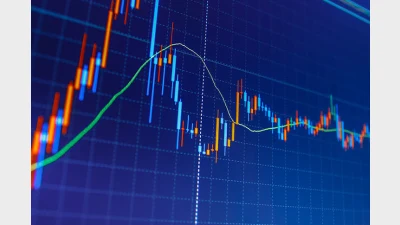MySuper average balance $28,401



MySuper products were developed as the low-cost default for those people who opted not to engage in their superannuation and the latest Australian Prudential Regulation Authority (APRA) data suggests its targeting has been unerringly accurate.
The data, covering the 12 months to 30 June, reveals that MySuper member accounts were 50 per cent of total fund member accounts and that the average MySuper account balance increased by 17 per cent over the period from $24,284 to $28,401.
It found that the average MySuper account balance for women was $26,802 compared to $30,880 for men.
Importantly, the APRA data suggests that not only are MySuper products mostly hitting the target demographic , but fees and charges are being kept suitably in check.
It revealed that fees paid to MySuper products totalled $5.1 billion for the year ended 30 June 2015, with 96 per cent of fees paid by members and the remaining balance largely paid from reserves. The APRA analysis said insurance fees in the year ending 30 June 2015 totalled $3.0 billion, administration fees totalled $1.3 billion, and investment fees totalled $0.8 billion.
Recommended for you
The pace of economic growth in Australia is expected to “grind higher over coming quarters” off the back of lower inflation, falling interest rates, and a robust labour market, Deloitte has said.
The superannuation sector has welcomed confirmation that a controversial US tax provision will be removed.
A new analysis from environmental finance group Market Forces has reportedly discovered that AustralianSuper is on the b...
Treasurer Jim Chalmers has held talks with US Treasury Secretary Scott Bessent, intensifying efforts to resolve concerns over section 899 of the proposed “Big Beautiful Bill” in the United States.












